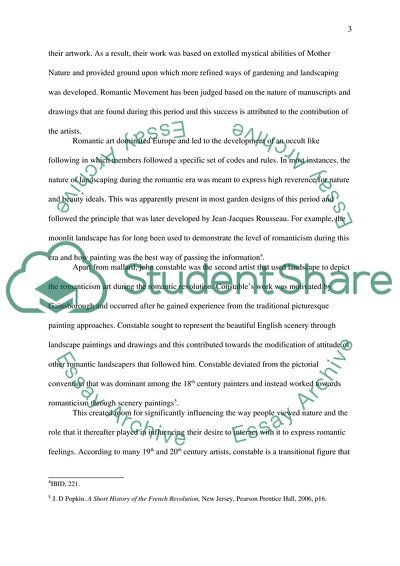Cite this document
(Romantic Art Essay Example | Topics and Well Written Essays - 2250 words, n.d.)
Romantic Art Essay Example | Topics and Well Written Essays - 2250 words. https://studentshare.org/history/1837383-discuss-the-natureemotions-reason-and-their-relationship-in-romantic-art
Romantic Art Essay Example | Topics and Well Written Essays - 2250 words. https://studentshare.org/history/1837383-discuss-the-natureemotions-reason-and-their-relationship-in-romantic-art
(Romantic Art Essay Example | Topics and Well Written Essays - 2250 Words)
Romantic Art Essay Example | Topics and Well Written Essays - 2250 Words. https://studentshare.org/history/1837383-discuss-the-natureemotions-reason-and-their-relationship-in-romantic-art.
Romantic Art Essay Example | Topics and Well Written Essays - 2250 Words. https://studentshare.org/history/1837383-discuss-the-natureemotions-reason-and-their-relationship-in-romantic-art.
“Romantic Art Essay Example | Topics and Well Written Essays - 2250 Words”. https://studentshare.org/history/1837383-discuss-the-natureemotions-reason-and-their-relationship-in-romantic-art.


